Home>Technology>Home Entertainment Systems>How To Hide Home Theater Cables
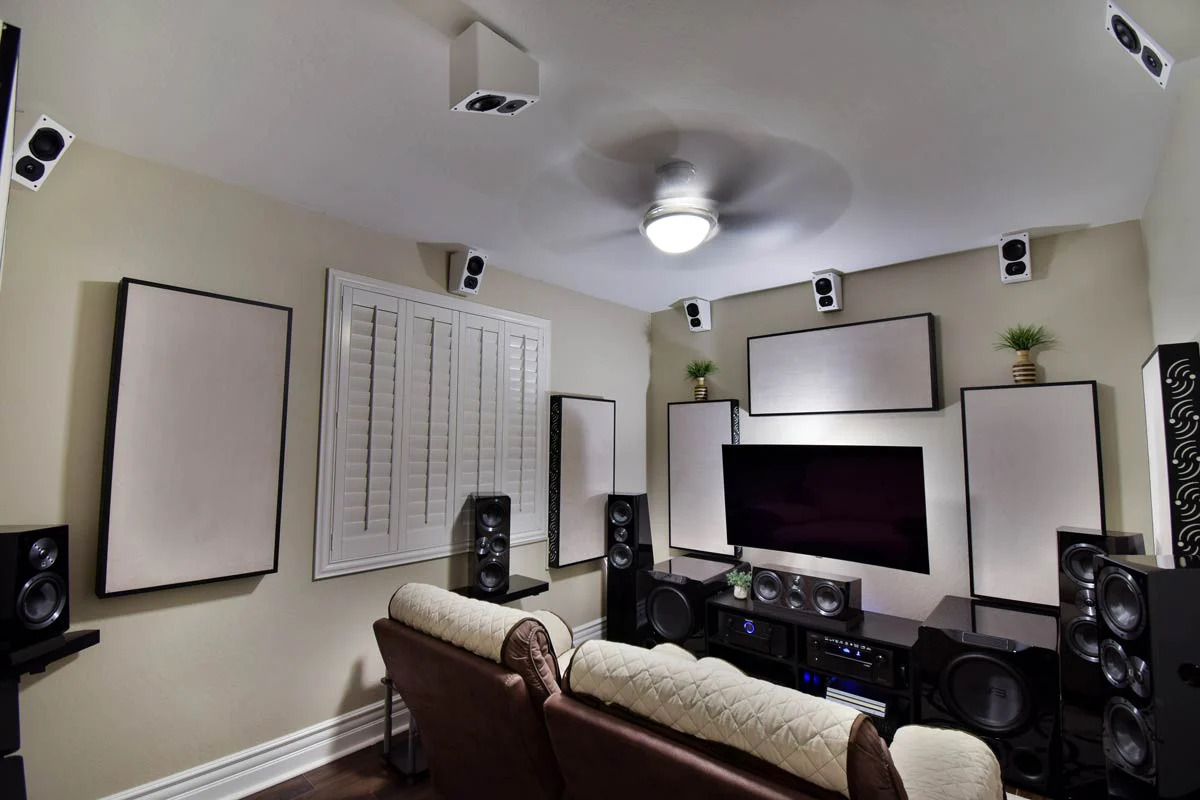

Home Entertainment Systems
How To Hide Home Theater Cables
Modified: February 17, 2024
Learn how to hide home theater cables and create a clean, organized look for your home entertainment system. Discover effective cable management solutions for a clutter-free setup.
(Many of the links in this article redirect to a specific reviewed product. Your purchase of these products through affiliate links helps to generate commission for Storables.com, at no extra cost. Learn more)
Introduction
Setting up a home theater system can transform your living space into a cinematic paradise, offering an immersive entertainment experience for you and your loved ones. However, the unsightly tangle of cables and wires that often accompanies such setups can detract from the overall aesthetic appeal of your home. Fortunately, there are numerous effective methods for concealing these cables, ensuring that your home theater system looks sleek and organized.
In this comprehensive guide, we will explore various strategies for hiding home theater cables, from utilizing cable raceways and sleeves to employing cable clips and ties. By following these steps, you can achieve a clutter-free and visually appealing home entertainment setup without compromising on functionality or safety.
Whether you're a seasoned home theater enthusiast or a newcomer to the world of audiovisual technology, this article will equip you with the knowledge and techniques needed to effectively manage and conceal your home theater cables. With a bit of creativity and the right tools at your disposal, you can seamlessly integrate your home theater system into your living space, creating a polished and sophisticated environment for enjoying your favorite movies, TV shows, and music.
Now, let's delve into the step-by-step process of determining the best cable management solution for your specific home theater setup and explore the various methods for hiding and organizing your cables with ease and efficiency. Say goodbye to cable clutter and hello to a seamlessly integrated home entertainment system that enhances the visual appeal of your living space.
Key Takeaways:
- Say goodbye to cable clutter and hello to a sleek home entertainment system! Use raceways, sleeves, and clips to hide those unsightly cables and create a polished and safe environment for enjoying movies and music.
- Transform your living space into a cinematic paradise by concealing home theater cables. With cable raceways, sleeves, and management boxes, you can achieve a clutter-free and visually appealing entertainment area while prioritizing safety and aesthetics.
Read more: How To Hide From Security Cameras
Step 1: Determine the best cable management solution for your home theater setup
Before diving into the process of concealing your home theater cables, it's crucial to assess your specific setup and identify the most suitable cable management solution. Each home theater configuration is unique, and factors such as room layout, furniture placement, and the number of devices connected to your entertainment system will influence the most effective approach for managing your cables.
Begin by surveying your home theater area and taking note of the various components that require cable management, including the TV or projector, speakers, gaming consoles, streaming devices, and any other peripherals. Consider the layout of the room and the locations of power outlets, as well as the positioning of furniture such as entertainment centers, sofas, and tables. This initial assessment will provide valuable insights into the most practical and aesthetically pleasing methods for hiding your cables.
Next, evaluate the specific cable management products and solutions available on the market. Cable raceways, sleeves, clips, ties, and management boxes are among the most popular options for concealing home theater cables. Each of these solutions offers distinct advantages, and the optimal choice will depend on your preferences, budget, and the layout of your home theater space.
Furthermore, take into account the safety considerations associated with cable management. Ensuring that cables are neatly organized and out of the way not only enhances the visual appeal of your home theater but also reduces the risk of tripping hazards and potential damage to the cables themselves. By prioritizing safety in your cable management strategy, you can create a secure and comfortable environment for enjoying your home entertainment system.
By carefully considering these factors and exploring the diverse range of cable management solutions available, you can make an informed decision about the most suitable approach for your home theater setup. This proactive and thoughtful approach will set the stage for the subsequent steps in concealing your home theater cables, allowing you to proceed with confidence and clarity as you transform your entertainment space into a streamlined and visually appealing haven.
Step 2: Use cable raceways to conceal cables along walls and baseboards
Cable raceways are an excellent solution for discreetly concealing home theater cables along walls and baseboards, providing a streamlined and polished look to your entertainment area. These versatile channels are available in various sizes, shapes, and colors, allowing you to select the most suitable option to complement your home decor and seamlessly blend with your wall surfaces.
To begin, carefully measure the length of the cables you intend to conceal, ensuring that you select raceways with adequate capacity to accommodate the cables without overcrowding. Once you have determined the appropriate size, it's time to install the raceways. Begin by cleaning the surface along the walls and baseboards to ensure a smooth and secure attachment. Many raceways feature adhesive backing for easy installation, allowing you to simply peel off the protective strip and firmly press the raceway onto the desired location.
As you position the raceways, consider the most inconspicuous placement to achieve a clean and unobtrusive appearance. For instance, aligning the raceways with the baseboards or positioning them at a consistent height along the walls can contribute to a cohesive and professional-looking cable management solution. Additionally, some raceways are paintable, enabling you to match them to the color of your walls for a seamless integration into your home decor.
Once the raceways are securely in place, carefully insert the cables into the channels, ensuring that they are neatly organized and free from tangles. Many raceways feature hinged or snap-on covers, providing easy access to the cables while maintaining a tidy and unobtrusive presentation. By concealing your home theater cables within these raceways, you can create a visually appealing and clutter-free environment, allowing your entertainment system to take center stage without the distraction of unsightly wires.
In addition to their aesthetic benefits, cable raceways also contribute to safety by preventing tripping hazards and protecting cables from potential damage. By securely housing your cables within these protective channels, you can enjoy peace of mind knowing that your home theater area is both visually refined and free from potential safety hazards.
Incorporating cable raceways into your home theater cable management strategy offers a practical and visually appealing solution for concealing cables along walls and baseboards. By carefully selecting and installing these raceways, you can achieve a seamless and polished look for your entertainment space, elevating the overall aesthetic appeal of your home theater system.
Step 3: Use cable sleeves to bundle and hide cables behind furniture
Cable sleeves offer a versatile and practical solution for bundling and concealing home theater cables behind furniture, effectively minimizing clutter and maintaining a clean and organized appearance in your entertainment area. These flexible and durable sleeves are designed to accommodate multiple cables, providing a streamlined and polished look while ensuring easy access for maintenance or reconfiguration of your home theater setup.
To begin utilizing cable sleeves, start by identifying the specific cables that require bundling and concealment behind your furniture. Whether it's the power cords for your TV and speakers, HDMI cables, or audio connections, cable sleeves can effectively streamline and conceal these wires, contributing to a visually refined and uncluttered environment.
Once you have identified the cables to be managed, carefully gather them together and insert them into the cable sleeve. Many cable sleeves feature a flexible and expandable design, allowing them to accommodate varying numbers of cables while maintaining a snug and secure fit. As you feed the cables into the sleeve, ensure that they are neatly organized and free from tangles, allowing for easy maneuverability and future accessibility.
After bundling the cables within the sleeve, position the sleeve behind your furniture, such as entertainment centers, sofas, or cabinets. The flexibility of cable sleeves enables them to conform to the contours of your furniture, seamlessly blending into the background and effectively hiding the cables from view. This discreet placement contributes to a clean and unobtrusive presentation of your home theater setup, allowing the focus to remain on the immersive entertainment experience rather than the unsightly tangle of wires.
In addition to their aesthetic benefits, cable sleeves also provide a layer of protection for your cables, safeguarding them from potential damage caused by friction or accidental tugs. By encasing the cables within these durable sleeves, you can minimize wear and tear, prolonging the lifespan of your home theater cables and ensuring reliable performance over time.
By incorporating cable sleeves into your cable management strategy, you can achieve a seamless and polished look for your home theater setup, effectively concealing cables behind furniture and creating a visually refined entertainment space. This practical and versatile solution offers an effortless way to minimize cable clutter and maintain a clean and organized environment, allowing you to fully immerse yourself in the captivating world of home entertainment.
Use cable management solutions such as cable raceways, cord covers, or cable sleeves to hide home theater cables. These products can be easily installed and keep cables organized and out of sight.
Step 4: Use cable clips and ties to secure cables along the edges of carpets and rugs
When it comes to concealing home theater cables, the edges of carpets and rugs often present a unique challenge. However, with the strategic use of cable clips and ties, you can effectively secure and hide cables along these transitional spaces, achieving a seamless and unobtrusive cable management solution.
Cable clips and ties offer a practical and unobtrusive method for securing cables along the edges of carpets and rugs, ensuring that they remain neatly organized and out of sight. These versatile accessories are designed to securely hold cables in place while minimizing the risk of tripping hazards and maintaining a tidy and polished appearance in your home theater area.
To begin, carefully identify the cables that need to be secured along the edges of carpets and rugs, such as speaker wires, HDMI cables, or power cords. Once you have determined the cables to be managed, select the appropriate cable clips and ties based on the size and quantity of cables to be secured.
When positioning the cables along the edges of carpets and rugs, it's essential to prioritize safety and aesthetics. Cable clips and ties allow you to discreetly fasten the cables in place, preventing them from shifting or becoming entangled with foot traffic while seamlessly blending into the surrounding environment.
As you secure the cables, ensure that they are positioned in a manner that minimizes visibility and potential interference with the carpet or rug. By carefully tucking the cables along the edges and using cable clips and ties to secure them in place, you can create a polished and unobtrusive cable management solution that seamlessly integrates into your home theater space.
In addition to their practical benefits, cable clips and ties contribute to the overall safety of your home theater area by minimizing tripping hazards and preventing accidental disconnection of cables. By securing the cables along the edges of carpets and rugs, you can create a secure and visually refined environment for enjoying your home entertainment system.
Incorporating cable clips and ties into your cable management strategy offers a discreet and effective solution for securing cables along the edges of carpets and rugs, contributing to a streamlined and polished look for your home theater setup. By leveraging these versatile accessories, you can achieve a clutter-free and visually appealing entertainment space, allowing you to fully immerse yourself in the captivating audiovisual experiences offered by your home theater system.
Read more: How To Calibrate A Home Theater
Step 5: Use cable management boxes to hide power strips and excess cables
Cable management boxes serve as an ingenious solution for concealing power strips and excess cables, effectively minimizing clutter and maintaining a clean and organized appearance in your home theater area. These versatile boxes are designed to accommodate multiple cables and power strips, providing a discreet and polished look while ensuring easy access for maintenance or reconfiguration of your entertainment setup.
To begin utilizing cable management boxes, start by identifying the specific power strips and excess cables that require concealment. Whether it's the power source for your TV, gaming consoles, or various peripherals, cable management boxes offer a practical and visually refined way to streamline and hide these essential components, contributing to a clutter-free and visually appealing entertainment space.
Once you have identified the power strips and excess cables to be managed, carefully position them within the cable management box. These boxes are designed with ample interior space to accommodate multiple cables and power strips, allowing for a neat and organized arrangement that effectively hides them from view. The discreet placement of the cable management box contributes to a clean and unobtrusive presentation of your home theater setup, allowing the focus to remain on the immersive entertainment experience rather than the unsightly tangle of wires.
In addition to their aesthetic benefits, cable management boxes provide a layer of protection for your power strips and cables, safeguarding them from potential damage and minimizing the risk of accidental disconnection. By enclosing these essential components within the durable and secure confines of the cable management box, you can create a visually refined and organized environment, ensuring that your home theater area remains both functional and visually appealing.
By incorporating cable management boxes into your cable management strategy, you can achieve a seamless and polished look for your home theater setup, effectively concealing power strips and excess cables and creating a visually refined entertainment space. This practical and versatile solution offers an effortless way to minimize cable clutter and maintain a clean and organized environment, allowing you to fully immerse yourself in the captivating world of home entertainment.
Conclusion
In conclusion, effectively concealing home theater cables is essential for creating a visually refined and organized entertainment space that enhances the overall aesthetic appeal of your home. By following the step-by-step strategies outlined in this guide, you can transform the cable management process from a daunting task into a seamless and rewarding endeavor.
From determining the best cable management solution for your specific home theater setup to utilizing versatile products such as cable raceways, sleeves, clips, ties, and management boxes, each step plays a crucial role in achieving a clutter-free and visually appealing environment. By carefully assessing your home theater area, selecting the most suitable cable management products, and prioritizing safety and aesthetics, you can seamlessly integrate your entertainment system into your living space, creating a polished and sophisticated environment for enjoying your favorite movies, TV shows, and music.
Furthermore, the practical benefits of concealing home theater cables extend beyond visual refinement. By minimizing cable clutter and securing cables along walls, baseboards, furniture, and transitional spaces, you can reduce the risk of tripping hazards and potential damage to the cables, contributing to a safe and comfortable environment for you and your family.
Incorporating cable management solutions into your home theater setup not only elevates the visual appeal of the space but also enhances the overall enjoyment of your entertainment system. With a clutter-free and organized environment, you can fully immerse yourself in the captivating audiovisual experiences offered by your home theater, free from the distractions of unsightly wires and tangled cables.
By taking a proactive and thoughtful approach to cable management, you can achieve a seamless integration of your home theater system into your living space, creating a refined and visually appealing environment that reflects your passion for audiovisual technology. With the right tools, techniques, and a touch of creativity, you can transform your home theater area into a sleek and sophisticated haven for immersive entertainment experiences.
In essence, effective cable management is not merely about hiding cables; it's about enhancing the overall ambiance of your home theater and creating a space where technology seamlessly integrates with the comfort and style of your living space. With the insights and strategies provided in this guide, you are well-equipped to embark on the journey of concealing your home theater cables with confidence and creativity, ultimately elevating the visual appeal and functionality of your entertainment area.
Frequently Asked Questions about How To Hide Home Theater Cables
Was this page helpful?
At Storables.com, we guarantee accurate and reliable information. Our content, validated by Expert Board Contributors, is crafted following stringent Editorial Policies. We're committed to providing you with well-researched, expert-backed insights for all your informational needs.

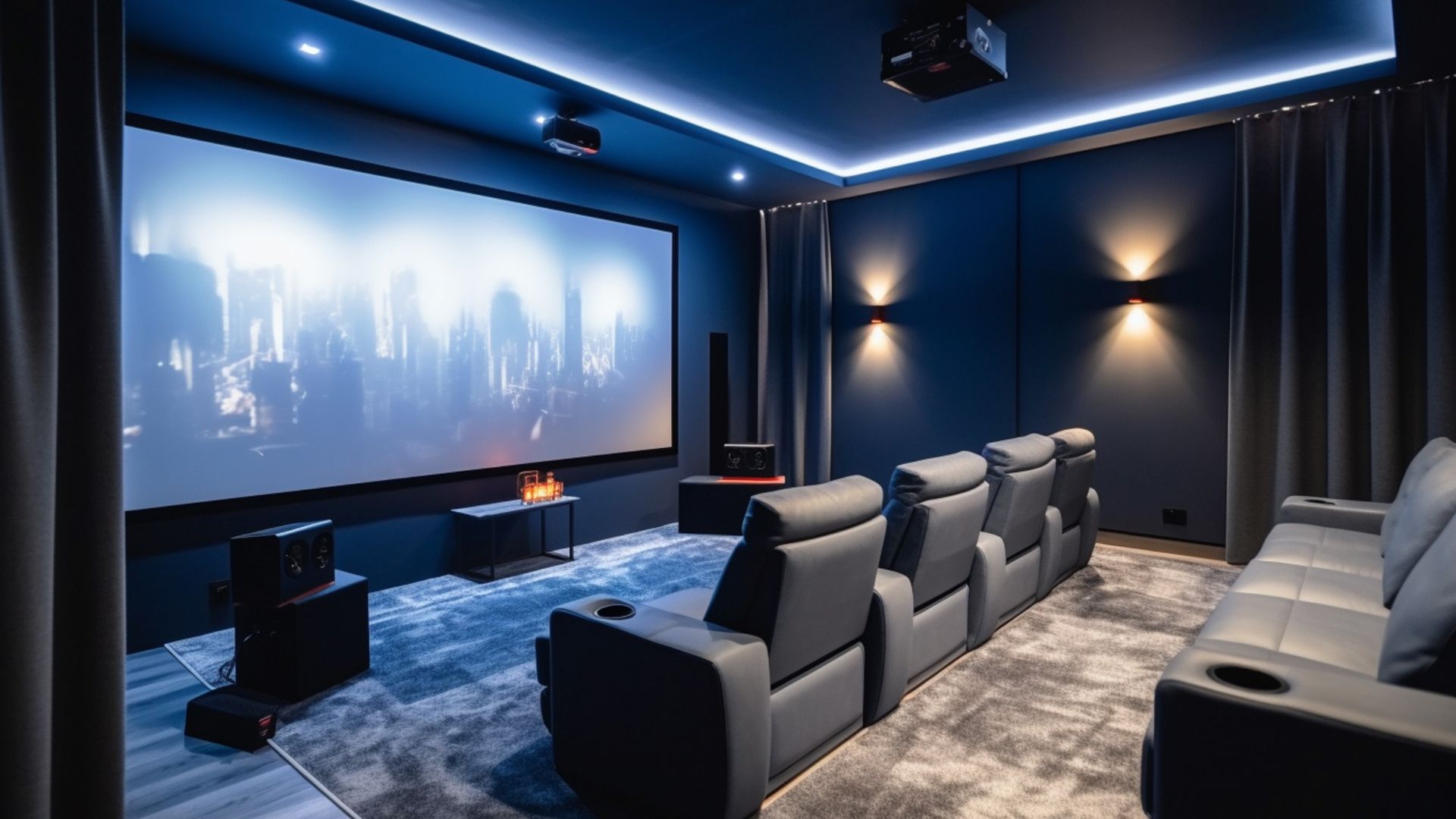
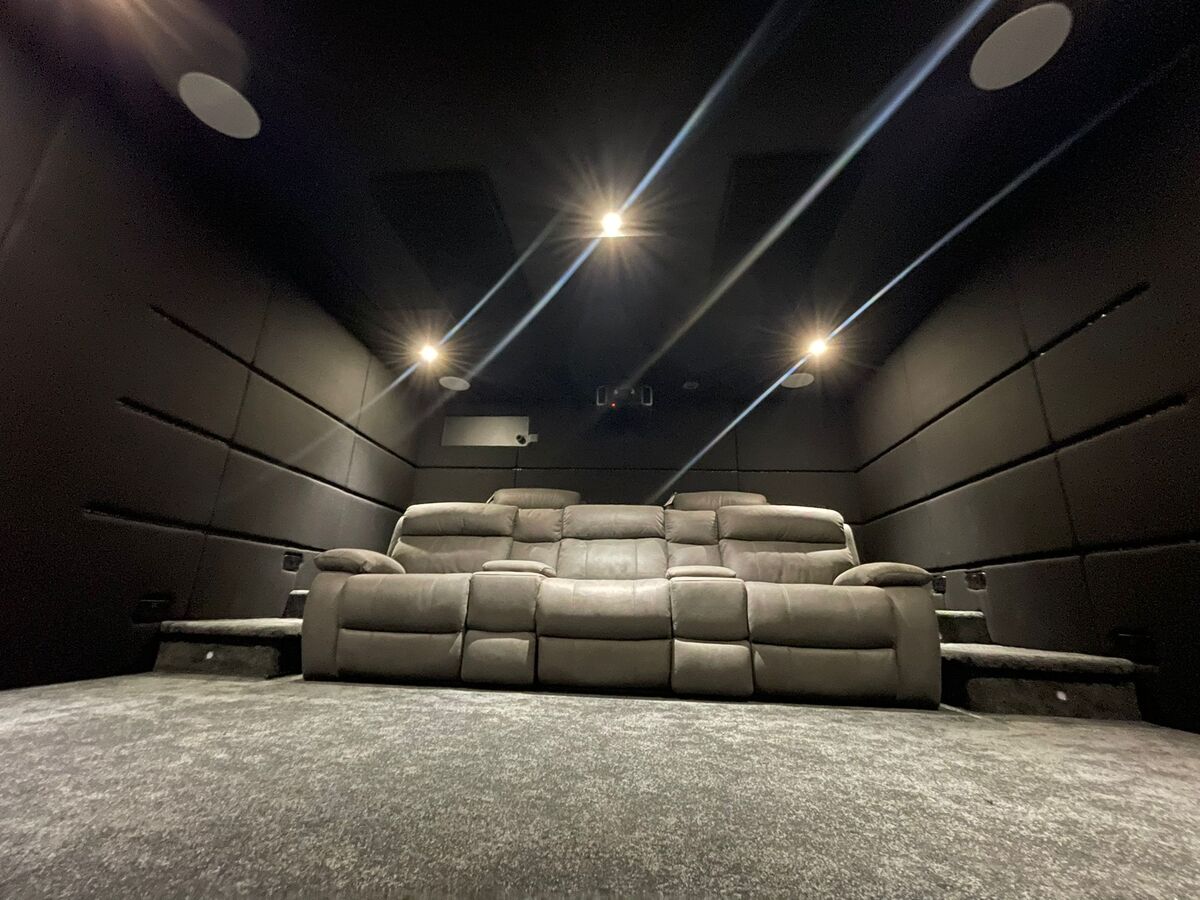
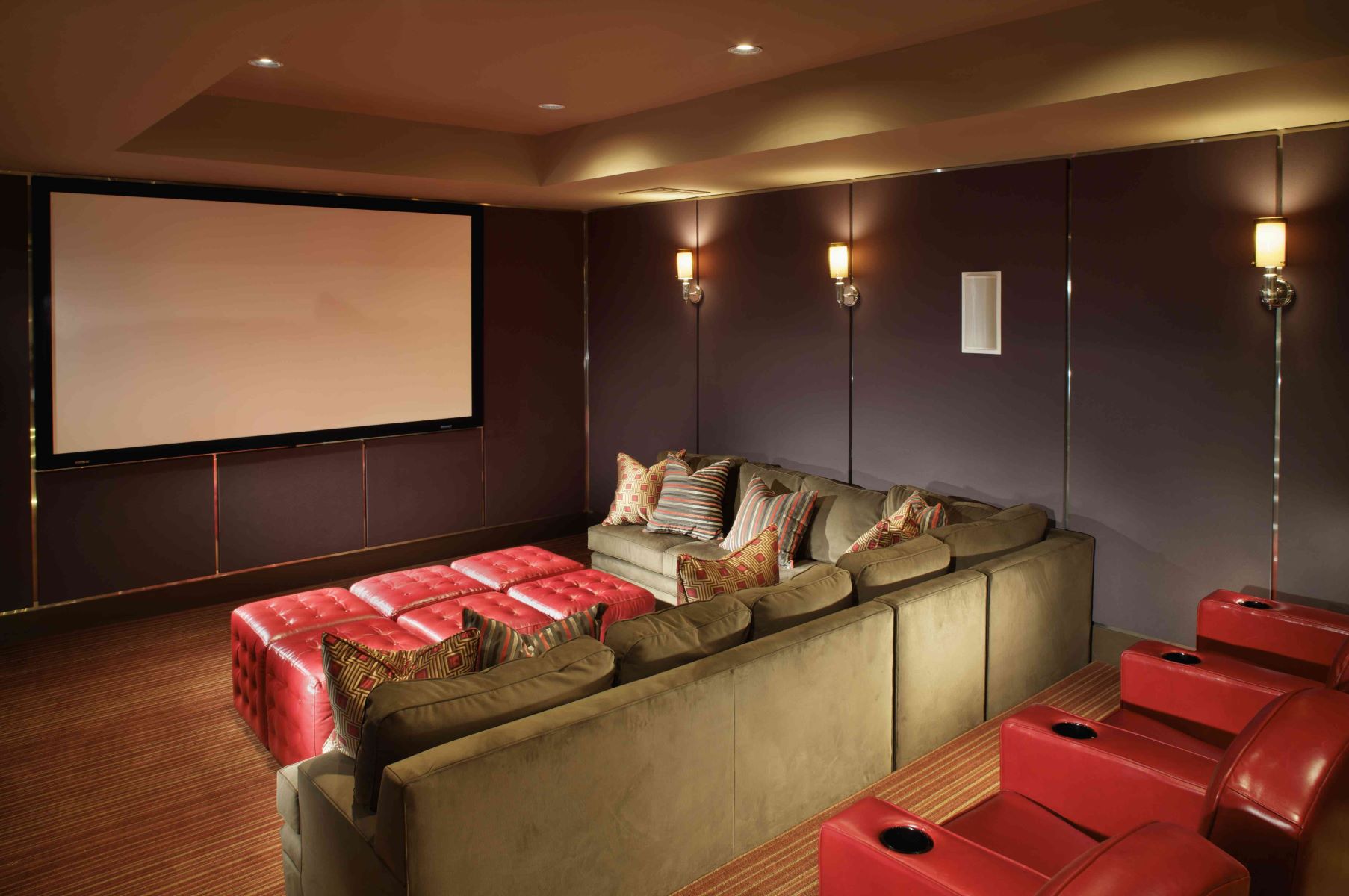
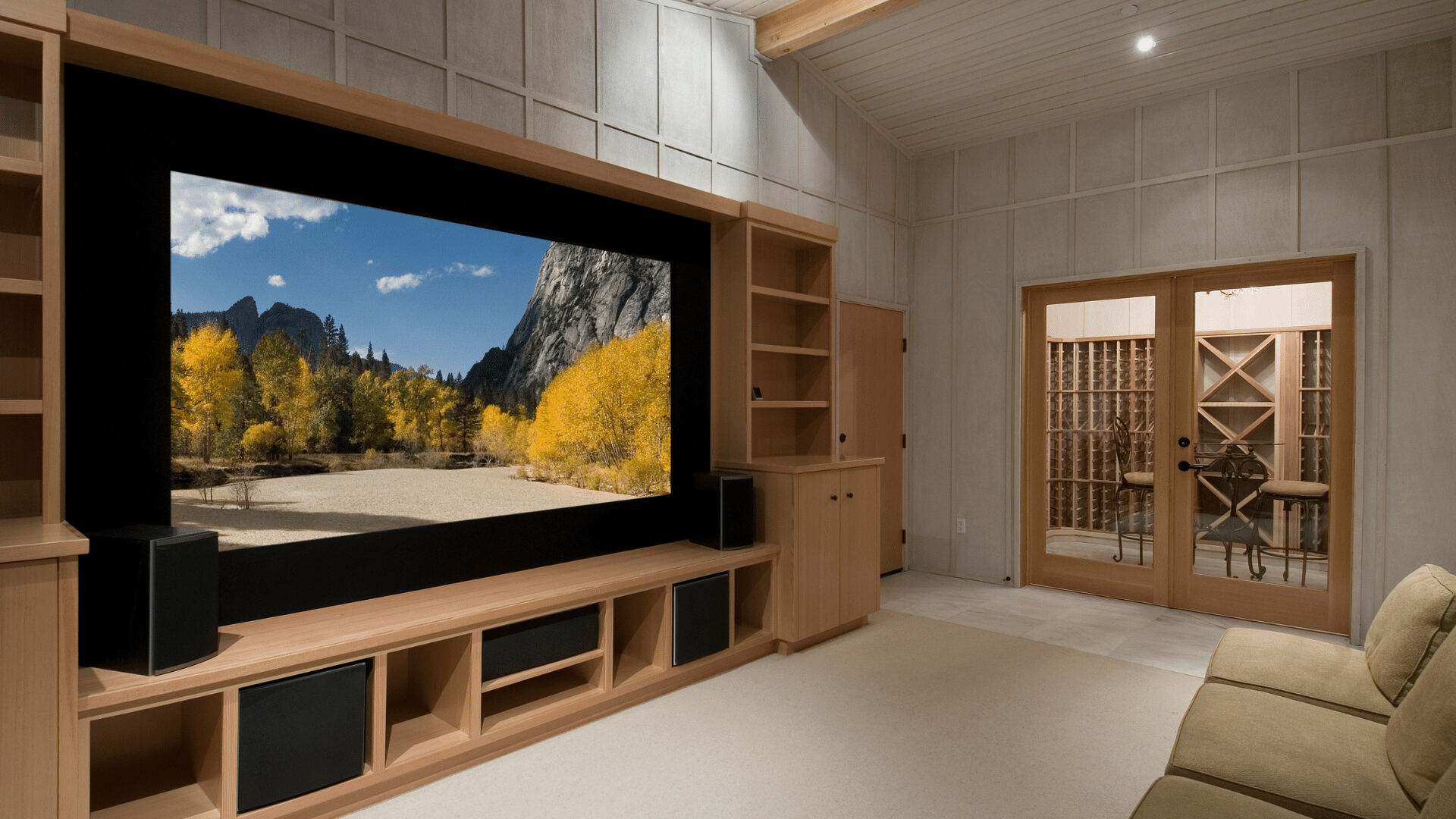
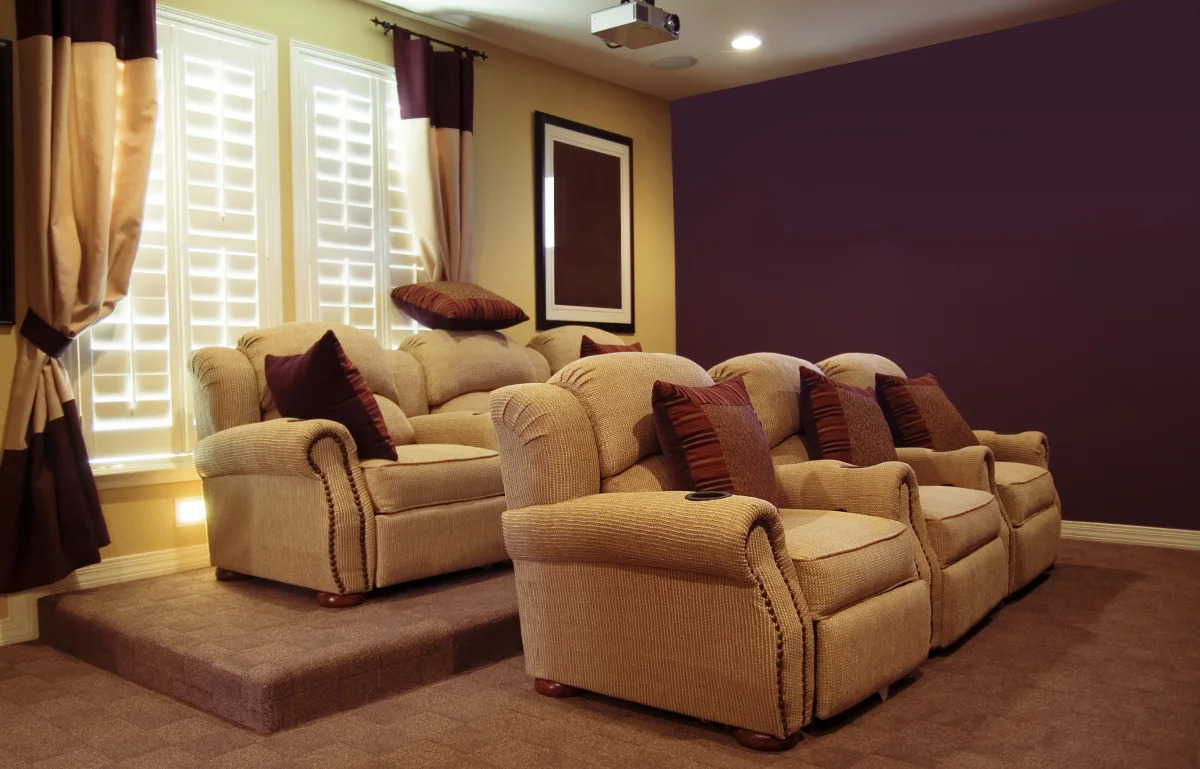
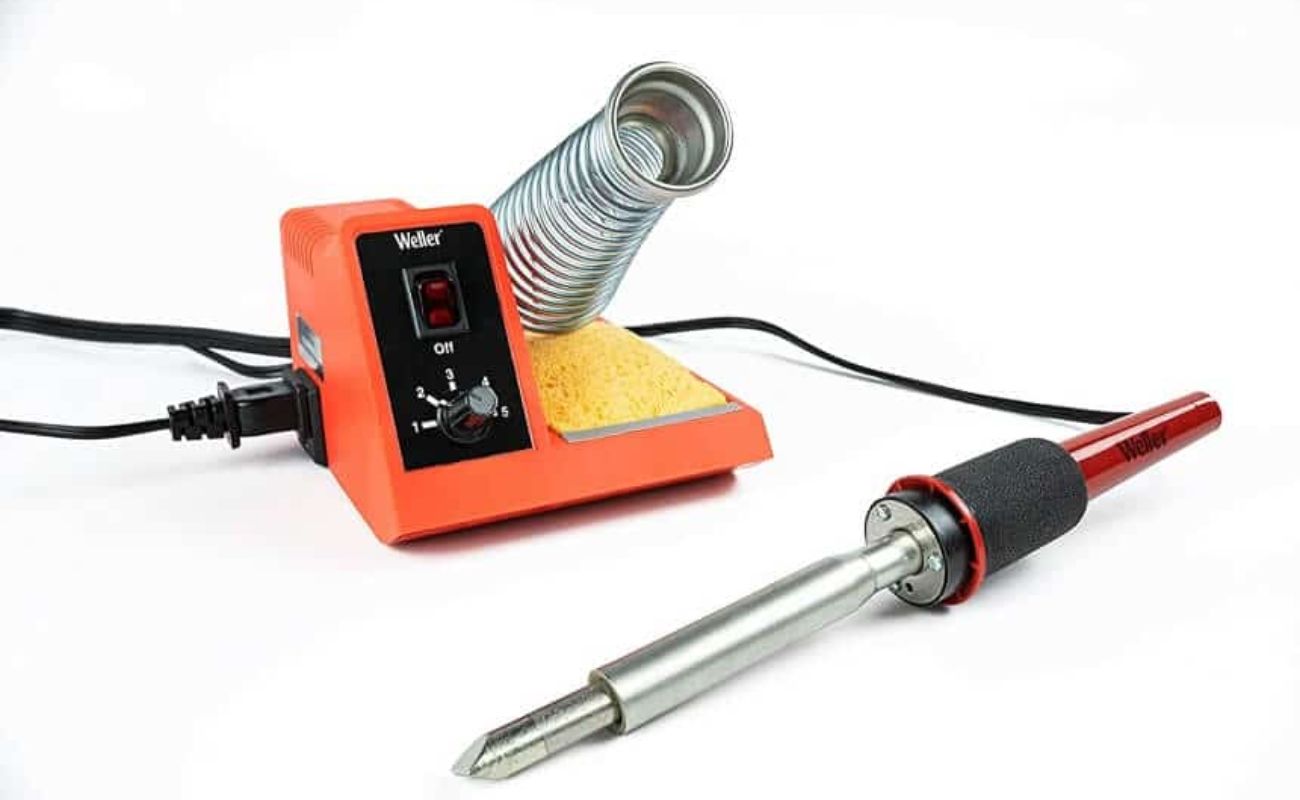

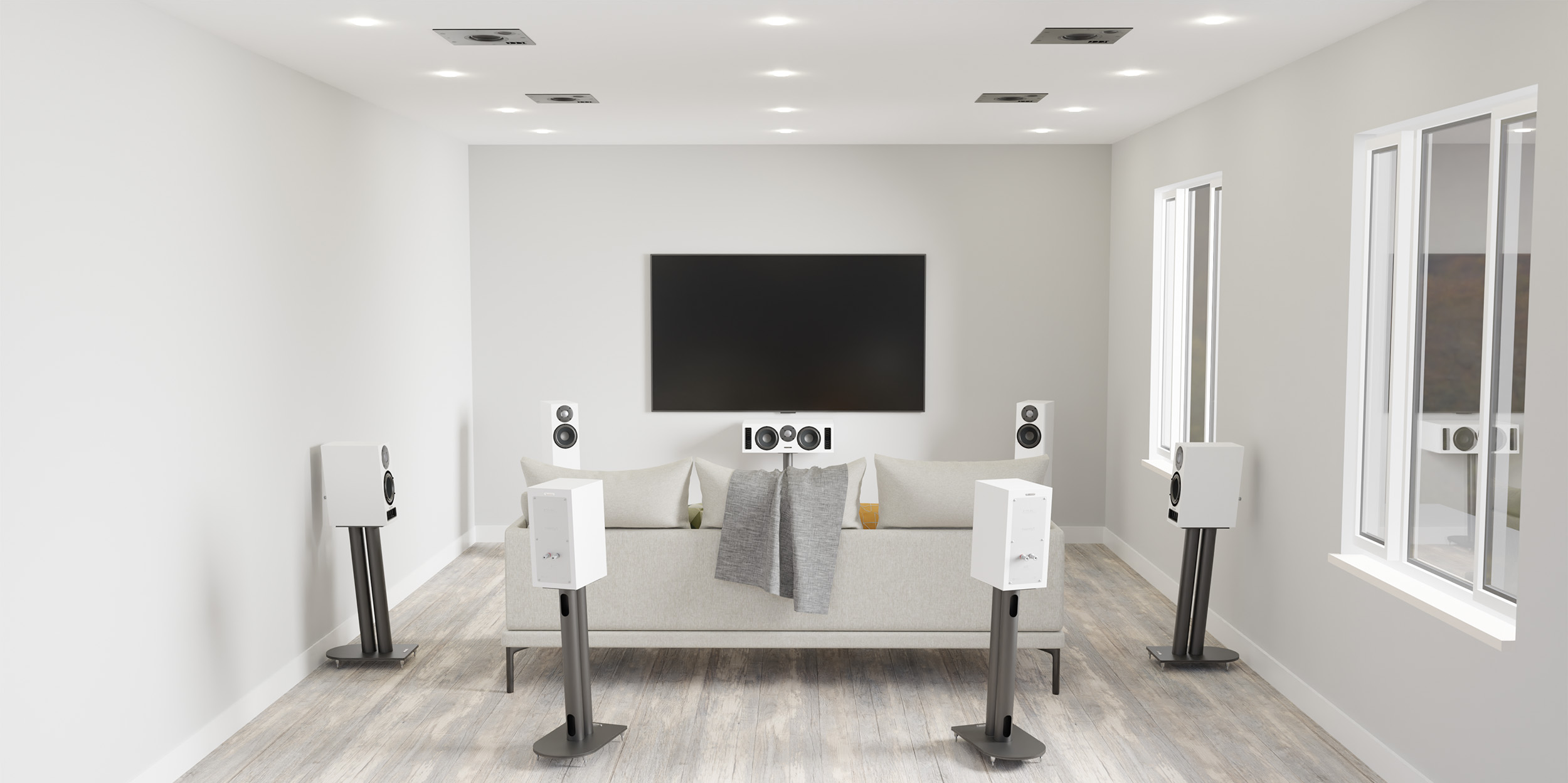
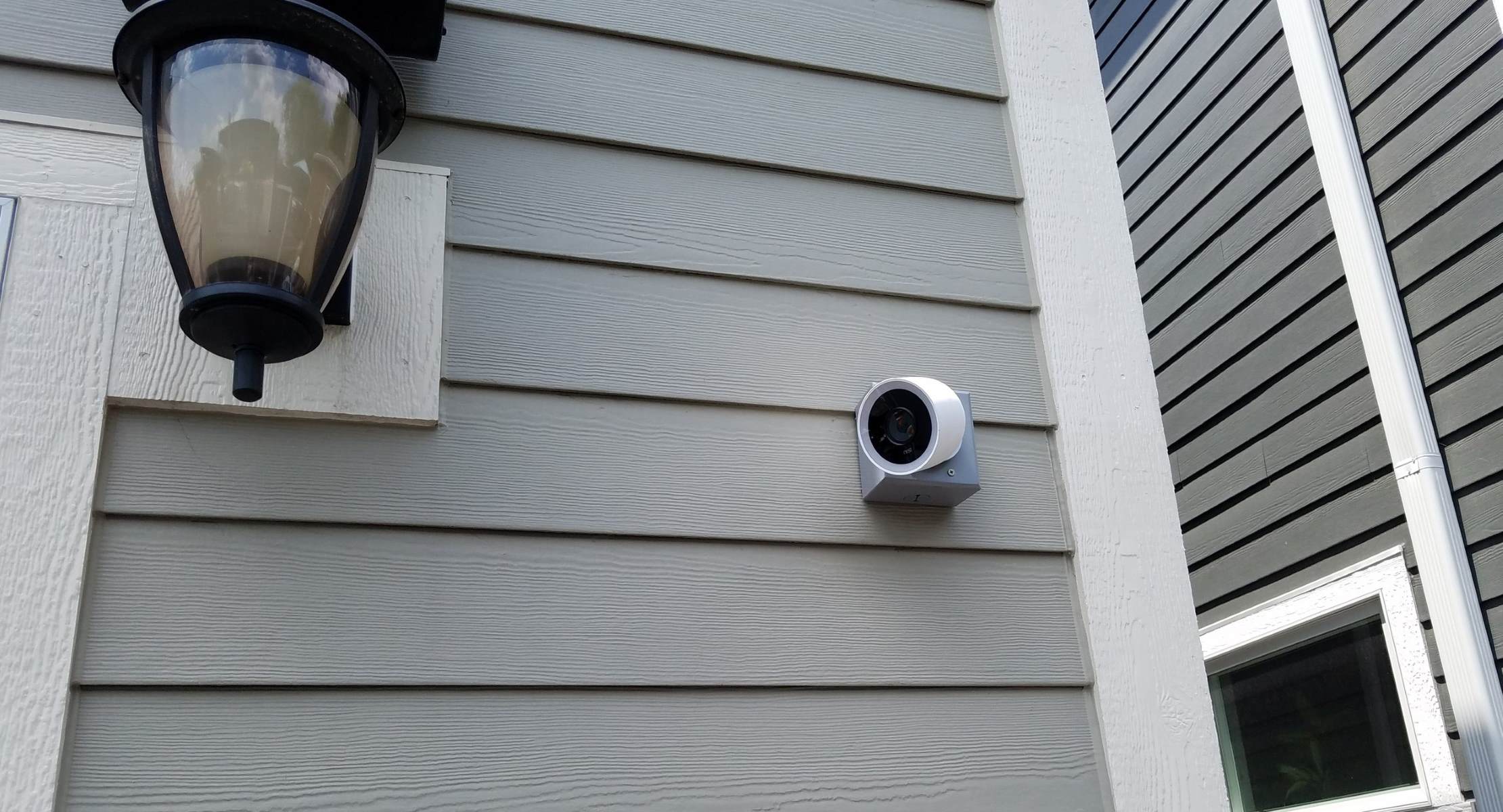

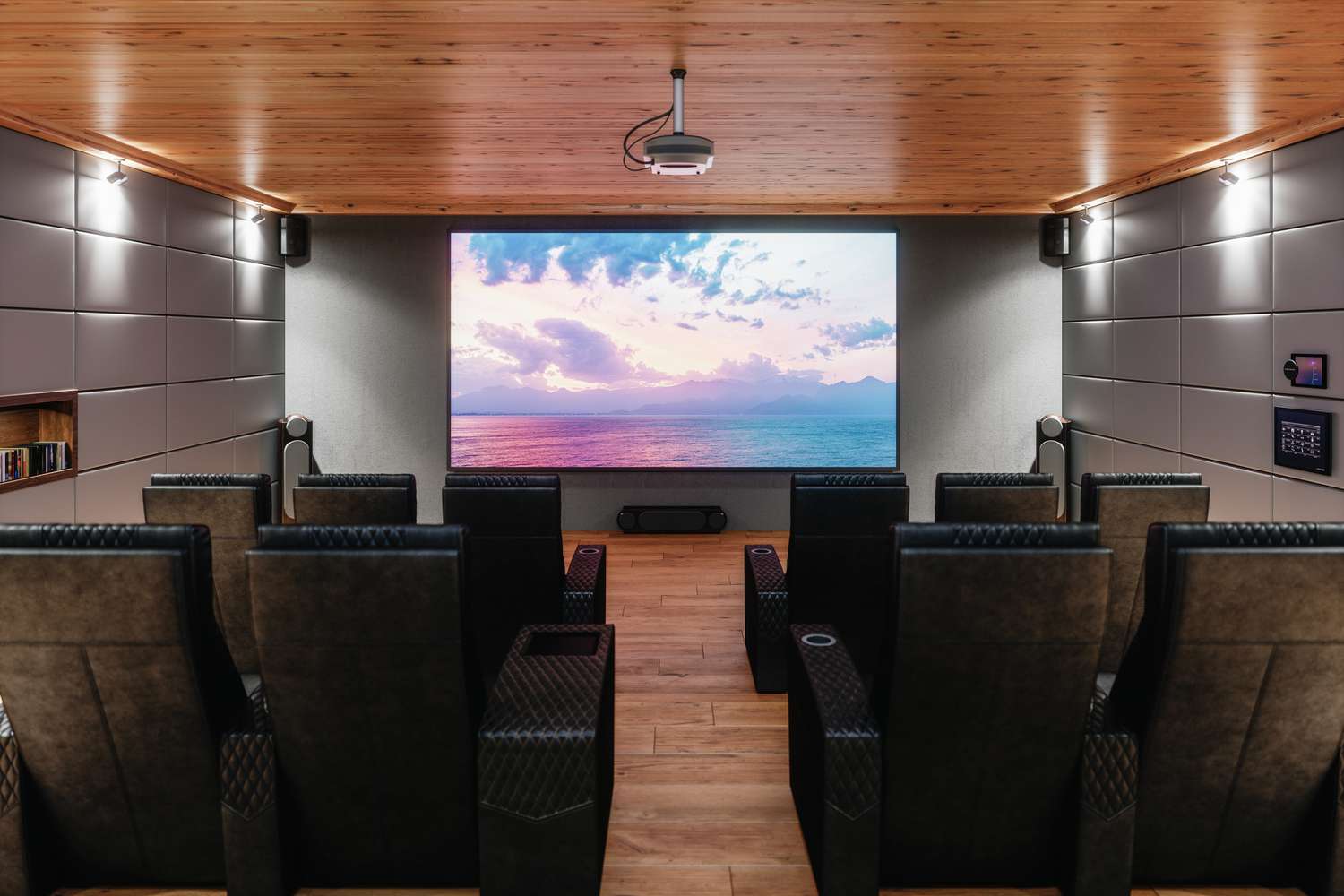



0 thoughts on “How To Hide Home Theater Cables”